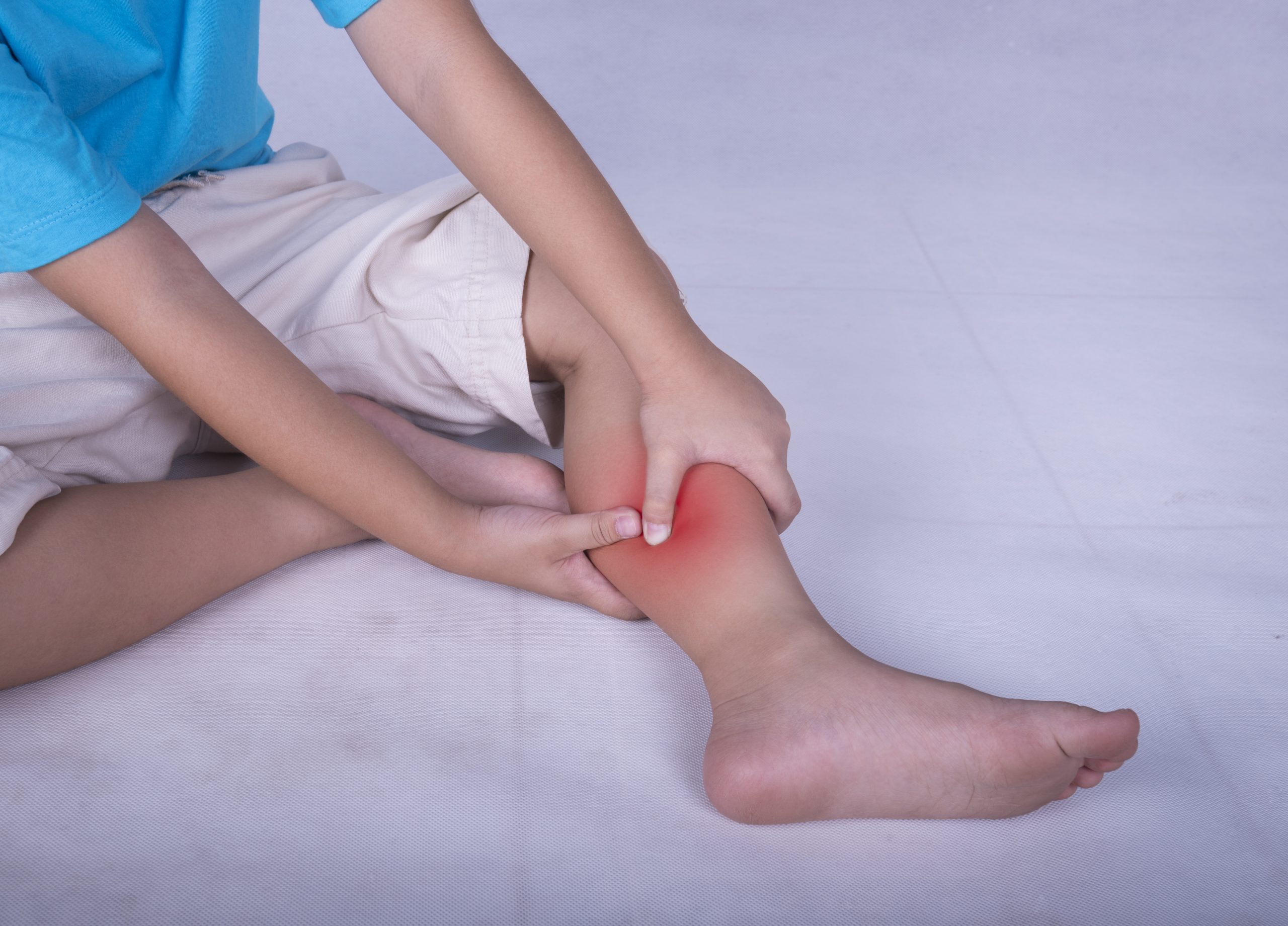Still a relatively obscure phenomenon, the discomfort caused by growing pains can be difficult to decipher.
And yet, it is inevitable, because growth is an integral part of normal child development.
Read on to learn 4 common myths associated with growing pains in children.
Myth 1: Growing pains occur at any time of the day
It can sometimes be difficult to know when young children are most affected by this type of pain, due to their life rhythm.
However, there does seem to be a time of day when the discomfort associated with growth spurts is most prevalent.
In reality, according to the Association des chiropraticiens du Québec, this type of pain usually occurs in the evening and at night.
There is a possibility that your child will also complain of pain during the day or after physical exertion.
However, this can be attributed to regular muscle fatigue.
Myth 2: Growing pains indicate that something is wrong
It can be a real struggle for any parent to watch their child suffer without understanding the causes.
While painful growing episodes can sometimes come on suddenly, they don’t mean your child is affected by a more serious disorder.
In reality, “normal” growing pains usually affect both legs equally and intermittently. This pain generally does not occur for more than 20 minutes at a time.
If the pain happens to be recurrent and goes on for long periods of time, it may be a good idea to seek professional advice.
Among other things, a visit to the clinic will allow the exclusion of diagnoses such as:
- Flat feet;
- Lower limb postural hypotension;
- Valgus and varus knee alignments.
Myth 3: All children experience growing pains
Growth is inevitable. It is thus understandable for people to believe that all children will experience the discomfort associated with it.
Yet growing pains do not always affect every child.
In reality, this type of pain does not occur in all toddlers. Actually, the Association des chiropraticiens du Québec estimates that only 25 to 40% of children between the ages of 4 and 8 experience growth-related pain.
Boys, as well as children who are relatively active, are also more prone to this type of pain.
Myth 4: There is nothing you can do about growing pains
If you’re a parent of a young child, you are well aware of just how difficult it can be to find a way to calm a pain-related crisis.
You might think that the inevitable nature of growth would make it pointless to seek treatment for the pain that comes with it.
However, in reality, there are many ways to soothe an uncomfortable spike of growth.
If the pain is only mild, these homemade therapeutic solutions may be exactly what you need:
- A massage of the sore areas;
- Regular application of a hot water compress;
- Stretching;
- Moderate intake of acetaminophen.
Of course, if traditional remedies can not relieve the pain, you should consider the help of a podiatrist.
In particular, they will be able to determine whether something other than growth is at the root of the problem.
To this end, the podiatrist will use diagnostic tools such as:
- Biomechanical exam;
- 2D or 3D digital imaging;
- Postural assessment.
PiedReseau offers proven solutions for growing pains in children
It is perfectly normal to be anxious about growing pains.
However, this type of discomfort does not always indicate the presence of pathology.
And if disease or deformity is indeed the case, the podiatrist will be able to consider the specific characteristics of your child to suggest the best treatment possible.
Is your child experiencing growing pains? Contact a PiedReseau clinic immediately.

